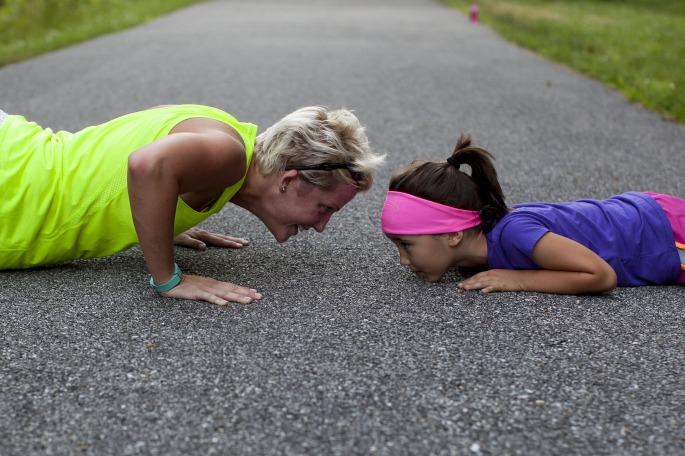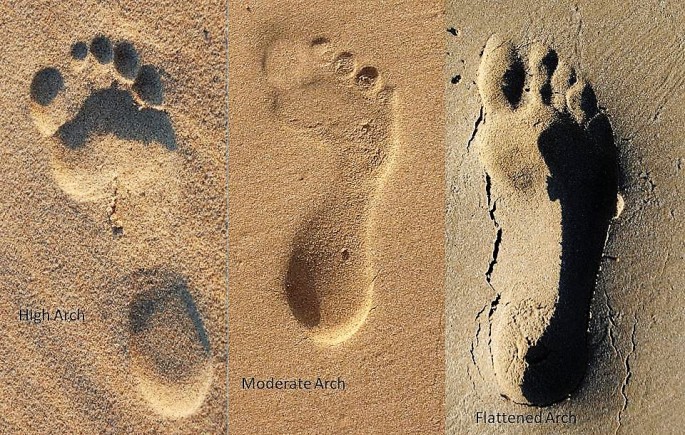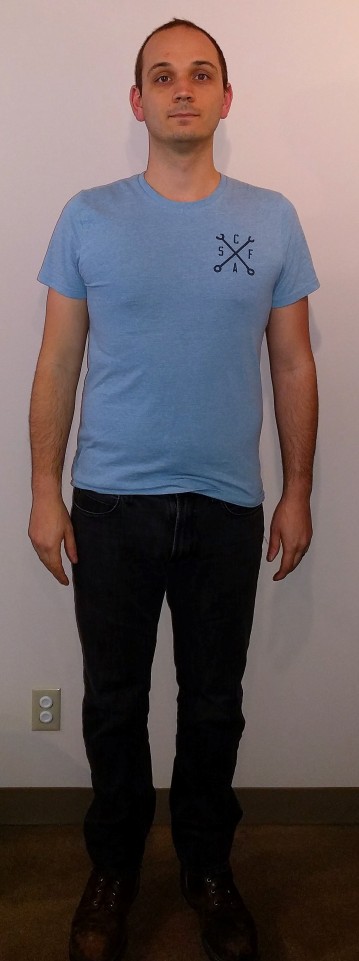As the gray days of winter start to pass and the temperatures warm, I find myself itching to ditch my shoes and head outdoors. I love being barefoot and how my feet (and my legs) feel when I get to spend more time sans-shoes.
Walking barefoot is great for adults, but utterly essential for our little ones.
The human foot has 33 joints as well as tons of tiny muscles and nerves that provide information to the brain about where your body is in space- proprioception- and balance- dictated by the vestibular system. When we walk barefoot, our feet are alive with information. Think of walking on a pebbly beach. Our feet interact with the ground and there is a massive amount of data sent to the brain.

When barefoot we are truly interfacing with our environment.
Let’s take a moment and think about what happens when we place our feet in shoes- particularly stiff and restrictive ones. You are basically placing a blindfold on your feet!
- Your nervous system is not getting as much information from the ground.
- The joints in your feet don’t get stimulated. (Joints get nutrition through motion, so they starve when they are restricted)
- The muscles of the foot don’t get exercised.
- Your balance and your proprioception suffer.
These same principles apply to the feet of our children. When they learn to walk, stand, and even when they play with their toes, children are building and programming their nervous system. They are patterning the way their muscles will fire for proper gait and spinal stabilization. Kids earn every milestone that they make. All of this happens from the ground up. Some neurologists even prescribe thinly soled shoes or barefoot time for children with developmental delays.

According to an article in the Washington Post, “Going barefoot helps a child develop body awareness.” I love how succinctly they boil this all down.
Have you taken your shoes off yet?
Do you feel like your feet have been blindfolded your whole life?
Do your feet need to wake up?
Dr. Samelak is passionate about helping people wake up their feet and improve the way that they interact with the ground- improving balance, preventing injury, and starting to correct long standing structural imbalances.
Check out our Events Page to learn about when Dr. Samelak will be teaching her next Love Your Feet workshop with Jodi Boone!




 pH refers to how acidic or alkaline the body is. We live within a tight tolerance and have several systems that make sure that this is regulated. Body fluids can push the balance one way or another within a fraction of a second, the respiratory system can make changes in minutes by changing our breathing to either eliminate or preserve CO2, and the kidneys respond slowly but are the most powerful buffers of pH in the body. This is where we will focus.
pH refers to how acidic or alkaline the body is. We live within a tight tolerance and have several systems that make sure that this is regulated. Body fluids can push the balance one way or another within a fraction of a second, the respiratory system can make changes in minutes by changing our breathing to either eliminate or preserve CO2, and the kidneys respond slowly but are the most powerful buffers of pH in the body. This is where we will focus.











 know if it has been attained?
know if it has been attained?

 Feet are important.
Feet are important.
 Either way your feet should be moveable and strong. Think of watching a toddler walk barefoot. You can see their toes grasp the ground, almost like they have suction cups on their tiny toes.
Either way your feet should be moveable and strong. Think of watching a toddler walk barefoot. You can see their toes grasp the ground, almost like they have suction cups on their tiny toes. Knees: increased pressure by 26% through the knee (knees are also affected posturally as described below)
Knees: increased pressure by 26% through the knee (knees are also affected posturally as described below)









